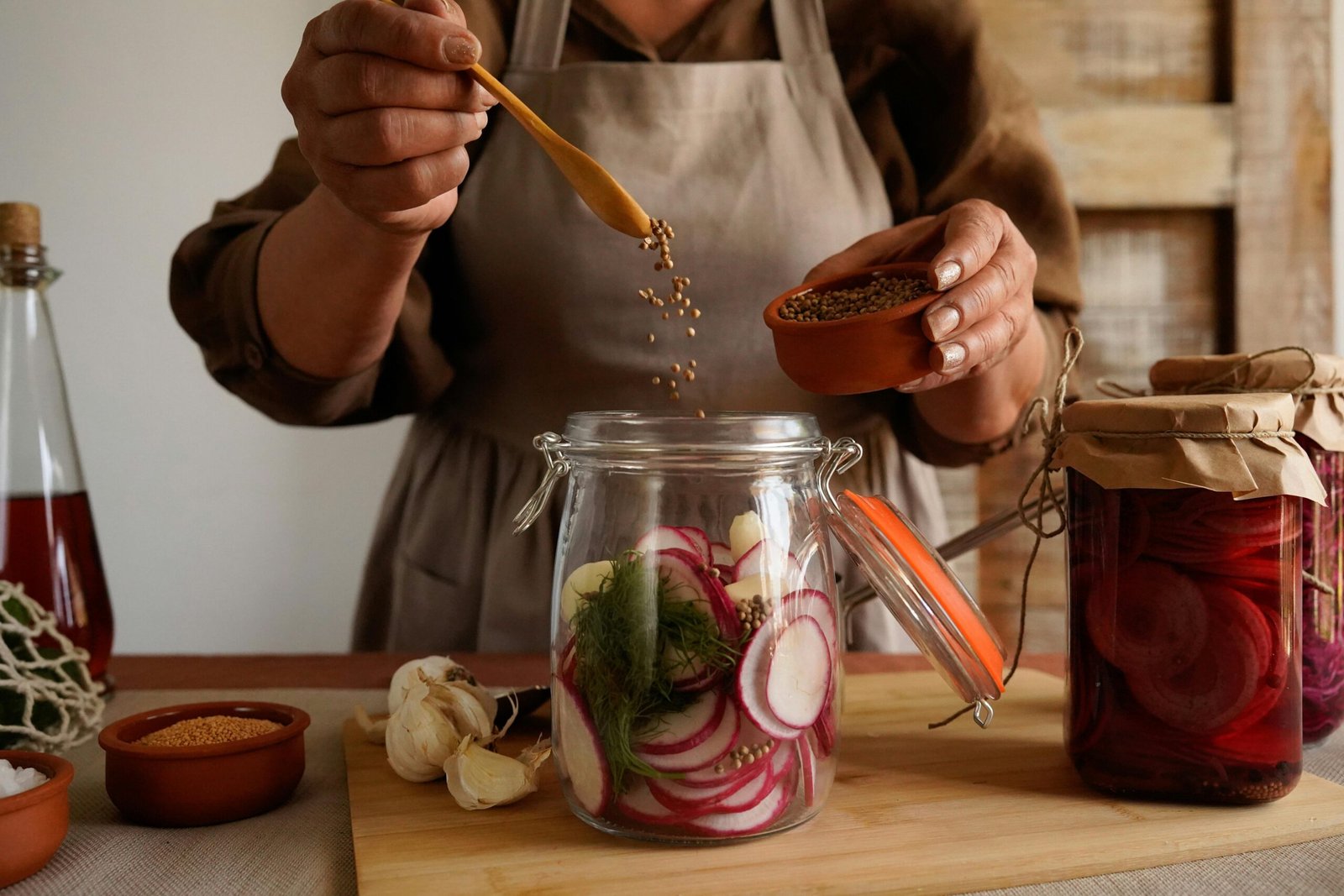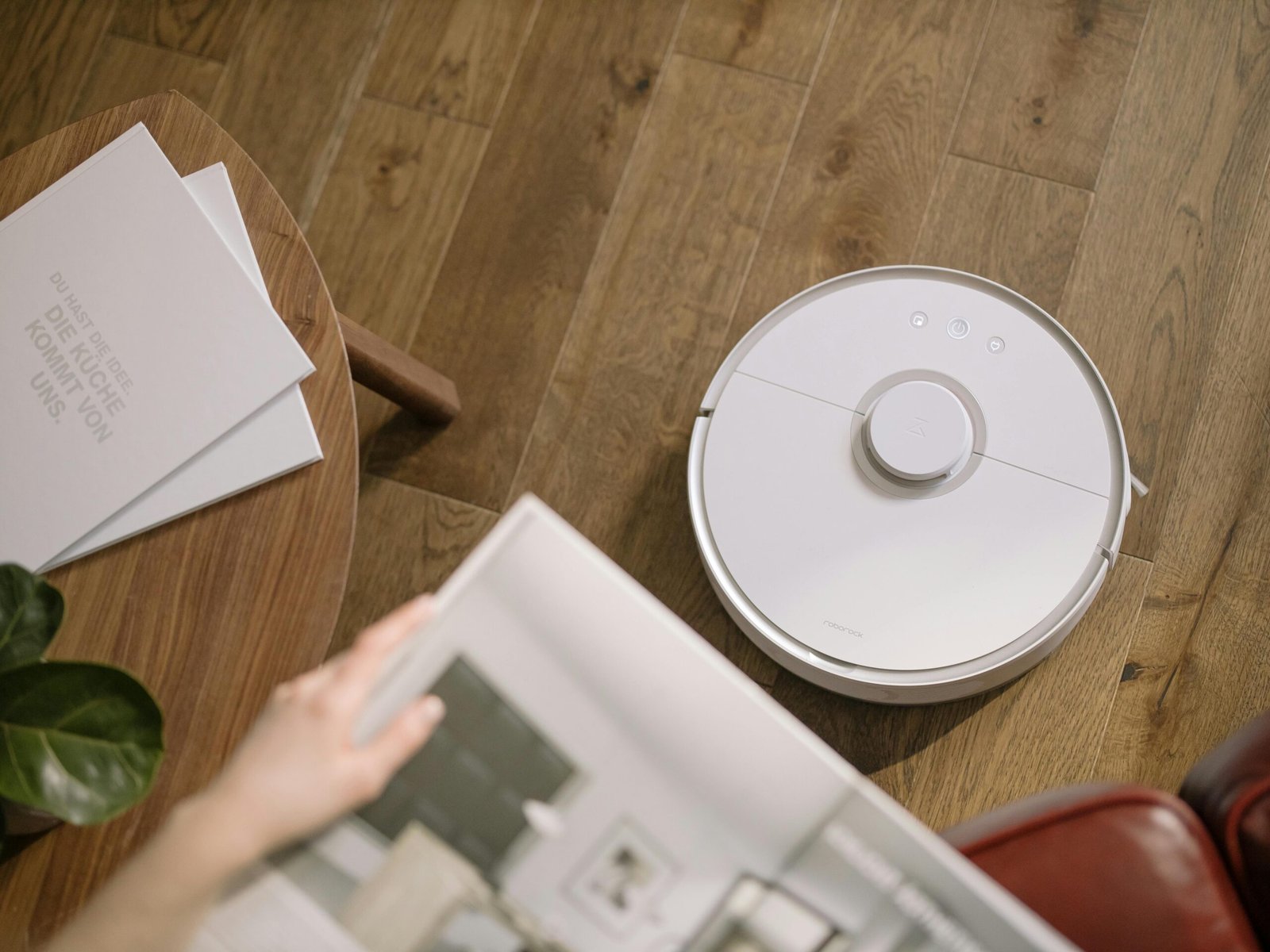Kitchen Helpers: A Complete Guide to Smart Food Processors

🥗 1. What Is a Smart Food Processor?
A smart food processor is a next-generation kitchen appliance that combines the functionalities of various traditional cooking tools into one integrated system. These devices go beyond simple chopping and blending—they can also steam, knead dough, stir-fry, boil, mix, and even self-clean. What sets smart food processors apart from regular ones is their high level of automation, built-in digital interfaces like touchscreens, voice assistants, and smartphone app connectivity.
This evolution in kitchen technology enables users to execute complex cooking tasks with ease and precision, even if they have no prior culinary training. It’s the dream tool for modern home cooks seeking convenience without compromising on food quality.
🧑🍳 2. Why Choose a Smart Food Processor?
✅ 2.1 Save Time
One of the biggest benefits is automation. Smart food processors come with pre-programmed recipes and one-touch cooking modes. This means you can prepare meals while multitasking—ideal for busy professionals or parents.
✅ 2.2 Multifunctionality
A good smart food processor replaces up to 10 separate kitchen devices. No need for a blender, chopper, steamer, or soup maker—one unit can do it all. This saves both money and kitchen counter space.
✅ 2.3 Healthier Cooking
Most processors have options for low-oil or oil-free cooking, ideal for those focused on wellness or special diets. You can also customize salt levels and add dietary restrictions into the system to get adjusted recipe suggestions.
✅ 2.4 Easy to Use
Thanks to user-friendly interfaces, even a cooking novice can prepare dishes like stews, risottos, and curries. Real-time guidance, video tutorials, and step-by-step instructions make it foolproof.
✅ 2.5 Consistency & Precision
Unlike manual cooking, these machines are designed to replicate dishes with perfect texture, timing, and temperature, ensuring that results are the same every time.
🔍 3. Key Features of Smart Food Processors
Here are the most common (and most useful) functions you’ll find in today’s smart food processors:
| Feature | Description |
|---|---|
| Chopping | Uniform slicing, dicing, shredding |
| Blending | Ideal for smoothies, soups, sauces |
| Steaming | Nutritious cooking method with temperature control |
| Stir-Frying | Auto stirring and pre-set heat profiles |
| Kneading | Handles dough for bread, pizza, dumplings |
| Boiling & Soup Making | Perfectly timed, spill-proof |
| Auto-Clean | Self-cleaning modes to save time and effort |
Some premium models even have a weighing scale, built-in recipe library, and cloud updates.
🛠️ 4. Top Smart Food Processors in 2025
Here’s a breakdown of the best-performing smart food processors in 2025:
🌟 1. Thermomix TM7 (Germany)
- Price: ~$1299
- Standout Features: 60+ functions, built-in WiFi, 7-inch touchscreen, auto-weighing, and global recipe sharing.
- Pros: Versatility, community-driven recipe platform
- Cons: Expensive
The Thermomix TM7 is often called the “Tesla of the kitchen.” Ideal for users who want full control and premium performance.
🌟 2. Joyoung K1 (China)
- Price: ~$479
- Standout Features: Chinese interface, built-in recipes for traditional Chinese dishes, automatic temperature control
- Pros: Best for Chinese cuisine lovers
- Cons: Limited Western recipe options
Highly recommended for families cooking dumplings, congee, or stir-fried dishes regularly.
🌟 3. Midea MC-SF30 (China)
- Price: ~$399
- Standout Features: Dual-layer steamer, mobile app control, automatic stir-frying
- Pros: Balanced price and function
- Cons: Basic UI design
A great mid-range option for young families or first-time buyers.
🌟 4. Supor S8 Multi-Cooker
- Price: ~$319
- Standout Features: Compact size, simplified control panel, suitable for small kitchens
- Pros: Ideal for singles/couples
- Cons: Limited functions compared to high-end models
Perfect for apartments or users with minimal counter space.
🌟 5. Ninja Foodi Smart Cooker (USA)
- Price: ~$599
- Standout Features: Pressure cooking, air frying, slow cooking
- Pros: Ideal for Western cooking styles
- Cons: Bulky
Offers excellent flexibility for users who prefer roast dinners, chili, or baked dishes.
📋 5. How to Choose the Right Model?
Choosing the right food processor involves assessing the following:
✅ Usage Frequency
- Daily cooking: Invest in a high-end, durable machine with all functions.
- Occasional use: A budget model with essential features will suffice.
✅ Family Size
- Single/Couple: Compact models with a 1L–1.5L bowl
- Family of 4+: Opt for 2L+ capacity and larger steaming trays
✅ Cuisine Preferences
- For Western dishes, go for brands like Ninja, Cuisinart, or Magimix
- For Asian or fusion dishes, consider Joyoung, Midea, Supor
✅ Interface Comfort
- Older users: Machines with physical buttons and simple instructions
- Tech-savvy users: Devices with apps, WiFi, and smart integrations
🍲 6. Popular Smart Recipes (with Functional Mapping)
| Recipe | Function Used | Summary |
|---|---|---|
| Creamy Mushroom Soup | Blend + Boil | Silky and warm, ready in 15 mins |
| Steamed Fish Fillet | Steam + Timer | Retains moisture and nutrition |
| Beef Stew | Stir-fry + Slow Cook | Rich in flavor, set-it-and-forget-it |
| Rice Congee | Chop + Boil | Ideal for breakfast or light dinner |
| Fruit Smoothies | Chop + Blend | Refreshing, customizable |
| Curry Chicken | Fry + Simmer | Authentic Asian flavors |
💡 7. Tips and Precautions
- Clean Immediately: Don’t let residue dry, or it becomes difficult to remove.
- Stay Within Capacity Limits: Overfilling may cause system errors or damage.
- Update Software Regularly: New recipes and features are often added via OTA updates.
- Avoid Hot Liquids in Blender Mode: This can damage the motor or cause splashing.
- Keep Children Away During Operation: Some parts move quickly and get hot.
🧾 8. Common Questions & Answers
Q1: Is a smart food processor worth it if I already own a blender and rice cooker?
A: Yes, because it reduces the need for multiple devices and adds automation and connectivity.
Q2: Can I use it to make baby food?
A: Absolutely! It can blend soft foods, steam ingredients, and allow total nutritional control.
Q3: What’s the lifespan of these machines?
A: With proper maintenance, high-end models last 5–10 years; mid-range ones 3–5 years.
Q4: Is it noisy?
A: Most models produce noise levels between 55–65 dB, quieter than traditional blenders.
🔚 9. Final Thoughts
Smart food processors are redefining how we cook in the modern kitchen. Whether you’re a student, working professional, or a parent feeding a household, these machines offer convenience, consistency, and creative freedom.
In 2025, with technology advancing rapidly and user experience becoming a central focus, it’s easier than ever to cook healthy, delicious, and complex meals at the push of a button. Just like smartphones revolutionized communication, smart food processors are transforming our kitchens—and there’s never been a better time to invest in one.






